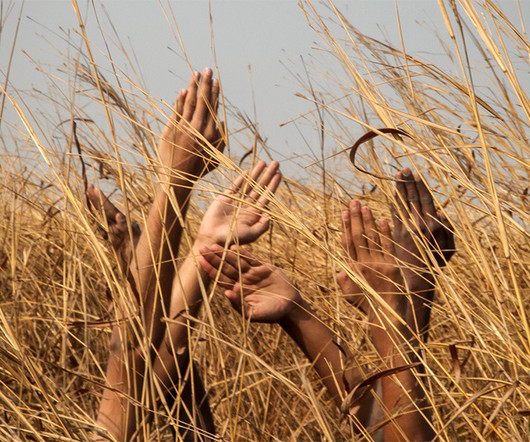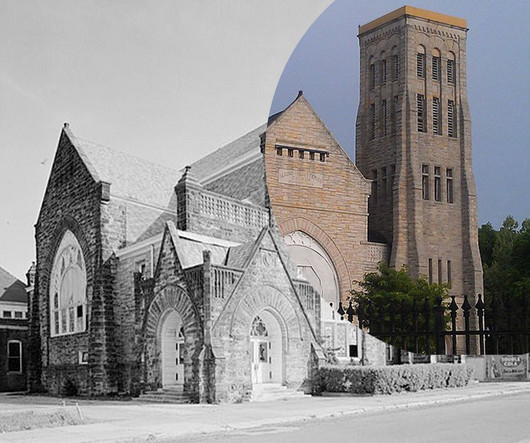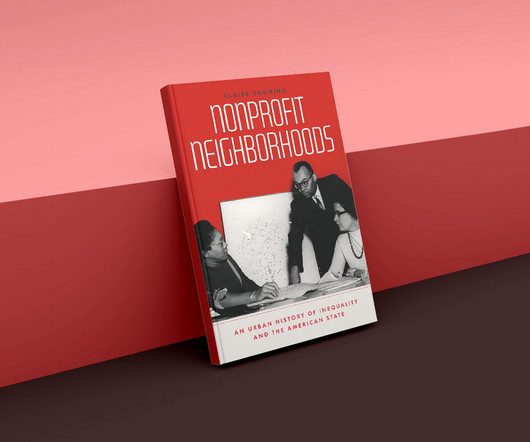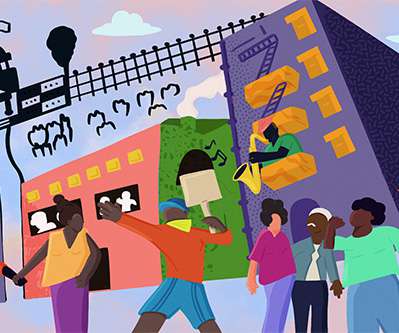Zero-Problem Philanthropy
Stanford Social Innovation Review
OCTOBER 16, 2023
Current philanthropic work—as a leader of a prominent US-based foundation remarked at a recent Stanford PACS conference—leaves people exhausted. The Problem With Problem-Solving Solving problems to improve people’s lives has been philanthropy’s raison d’être. Can this vision be applied to philanthropy? Medicine 3.0:
























Let's personalize your content